3 Simple Reasons Why Wolfram’s New ‘Fundamental Theory’ Is Not Yet Science

There are three things your new theory must do in order to be taken seriously as science. This one’s 0-for-3.
Every once in a while, a revolutionary idea comes along that has the potential to supersede our best scientific ideas of the day. This happened numerous times in theoretical physics during the 20th century, as Einstein’s General Relativity replaced Newtonian gravity, quantum physics replaced our classical view of the Universe, and the quantum field theory-based Standard Model superseded the early-20th century version of our quantum Universe.
Over the past half-century, many novel ideas have sought to surpass the current limitations plaguing theoretical physics, from supersymmetry to extra dimensions to grand unification to quantum gravity to string theory. The ultimate idea of many is to arrive at one unified theory of everything: where one framework elegantly encompasses the entirety of nature’s laws. The latest contender is Stephen Wolfram’s new approach to a theory of everything, heavily publicized last month. But not only isn’t it particularly compelling, it isn’t even science at this point. Here’s why.
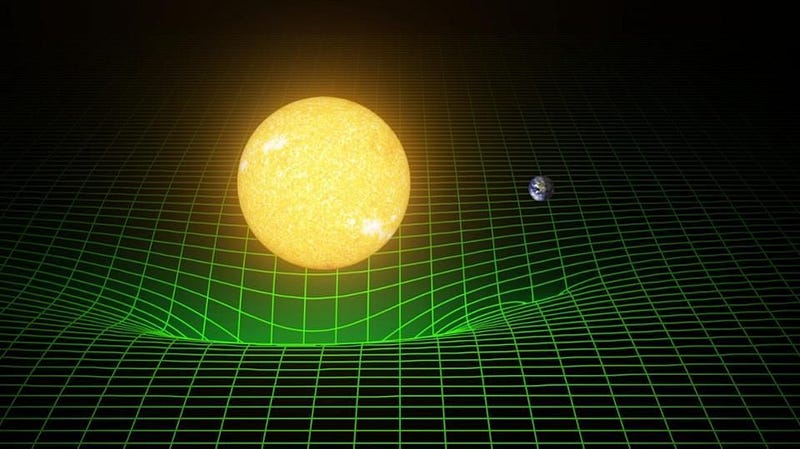
When we use the word “theory” in a conventional sense, we talk about it the same way we’d talk about the word “idea” or “hypothesis.” We mean that sure, we have our conventional way of thinking about things that we generally accept, but maybe things are actually this other way instead.
To a scientist, though, a theory is a far more powerful thing than that. It’s a self-consistent framework that has the quantitative power to predict the outcomes (or sets of probable outcomes) of a large set of systems under a wide variety of conditions.
A successful, established theory goes even farther. It contains a large suite of predictions that agree with established experiments and/or observations. It’s been tested in a large number of independent ways, and has passed every test thus far. It has a range of validity that’s well-understood, and it’s also understood that the theory may not be valid outside of that particular range.
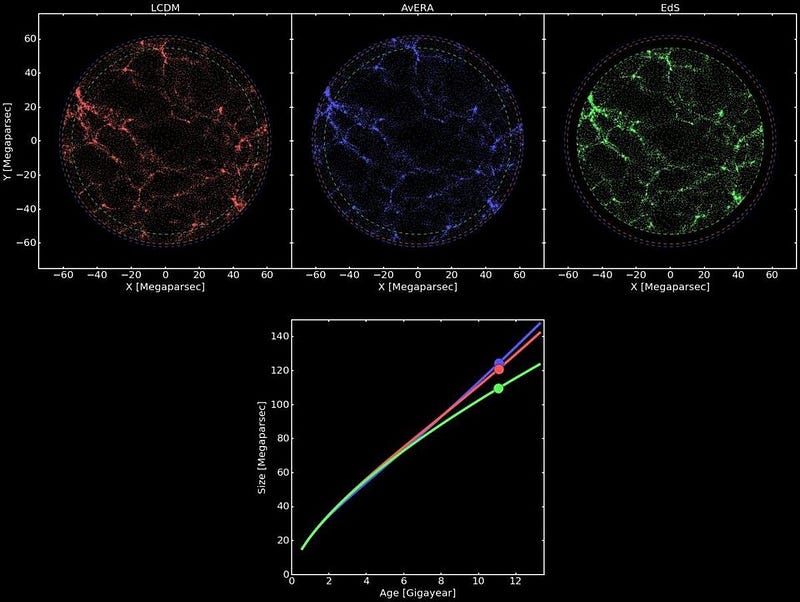
Which means, if you want to surpass that theory in a scientific sense, you have a tall order ahead of you. You have to do better than the old theory that you’re seeking to replace with your new idea, and that means you have to take these three very difficult steps.
- You have to reproduce all the successes of the currently prevailing theory; your new idea must succeed in all the places where the prior one succeeds.
- You need to explain at least one existing observation or measurement that the current theory struggles with; you have to demonstrate why this new idea is more compelling than the one it’s seeking to replace.
- You need to make at least one new prediction that differs from the leading theory’s predictions that you can then go out and measure; if your new idea is right, there must be a way to validate or refute it.
This is asking a lot, and most new ideas never make it this far.
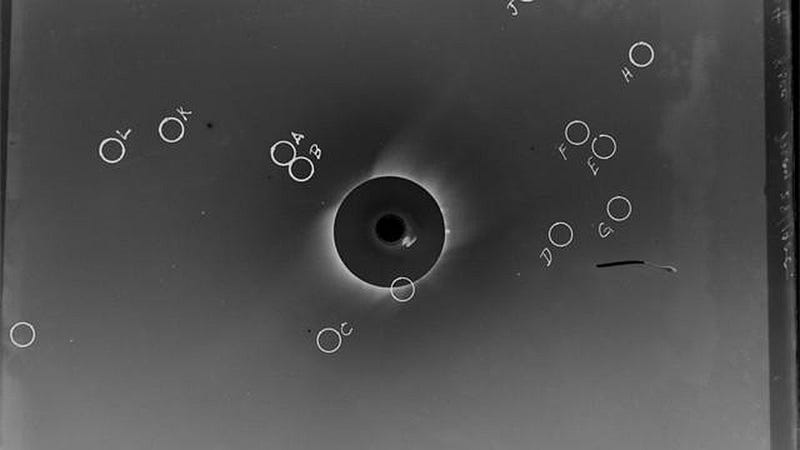
When Einstein concocted the general theory of relativity, it took many years for him to understand how to take the weak-field limit of the theory: at large distances from point-like masses, which allowed him to recover Newton’s old theory of gravity. When you got too close to a large mass, however, the predictions differed. This allowed for a successful explanation for Mercury’s orbit (which Newton’s theory couldn’t account for), as well as a new prediction about light deflection near the limb of the Sun (confirmed years later by the 1919 solar eclipse).
Einstein’s General Relativity is a standout example of a successful scientific theory on all three of these fronts, but things don’t always go in order the way you’d hope they would. Still, you have to clear all three of these hurdles if your goal is to push our understanding of the Universe forward in some fundamental way.

General Relativity succeeded everywhere that Newtonian gravity does, but also where it does not. It has a larger range of validity. Relativistic quantum mechanics superseded the version developed by Bohr, Pauli, Heisenberg and Schrodinger, only to later be superseded itself by quantum field theory and the eventual arrival of the Standard Model. The Big Bang won out because its predictions were borne out by the Universe; inflation superseded the idea of a singular origin because it cleared those three critical hurdles (despite doing so out of order).
But many great ideas haven’t been met with successful predictions, and they can only be considered speculative theories at best. Supersymmetry, extra dimensions, supergravity, grand unification, and many other ideas have produced a large number of predictive ideas, but none of them have been observationally or experimentally confirmed. General Relativity and the Standard Model, wherever we’ve challenged them, have always emerged victorious.
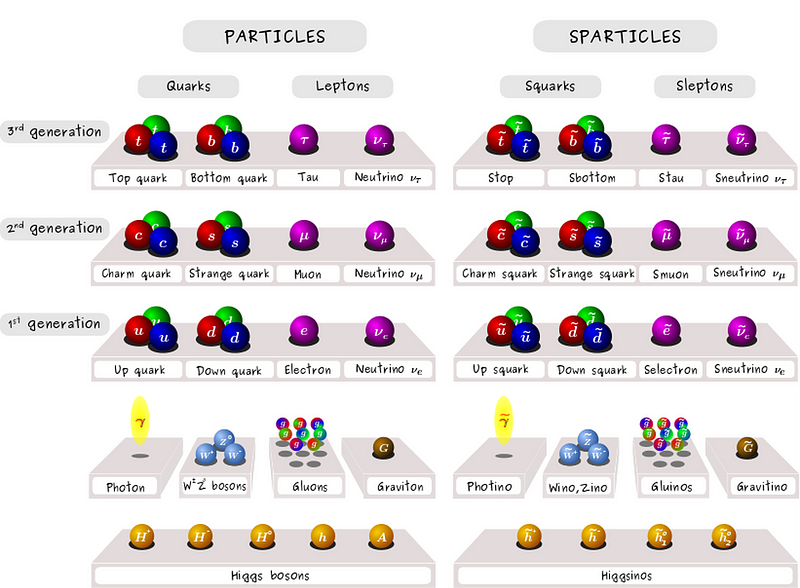
Still, many hope that we’ll discover a more fundamental set of laws that encompass all the successes of General Relativity and the Standard Model, while explaining the puzzles — like dark matter, dark energy, the values of the fundamental constants, quantum gravity or black hole paradoxes, etc. — that they cannot yet fully account for.
The most popular candidate for such a “theory of everything” is string theory, which at least has been demonstrated to contain all of General Relativity and the Standard Model within it. Yes, it also contains much more (extra dimensions, extra free parameters, extra couplings, extra particles, etc.) that don’t appear to be present in nature, as well as ambiguous-at-best predictions that have not been borne out by experiment.
For Wolfram’s novel idea, however, the same cannot be said.

There are all sorts of mathematical structures that one can develop or concoct that have interesting properties, as well as simple rules from which complex structures emerge. Wolfram takes the latter approach, something he’s been toying with for decades (including in his book, A New Kind of Science), and is clearly enamored with it.
But can he get known physics out of it? The answer appears to be “not yet,” as he himself points out:
“…there is much left to explore in the potential correspondence between our models and physics, and what will be said here is merely an indication — and sometimes a speculative one — of how this might turn out.”
He does not recover all of General Relativity; he does not get the Standard Model or Quantum Field Theory out of it. He has not progressed to the point of making predictions, much less novel ones that differ from what we already have.
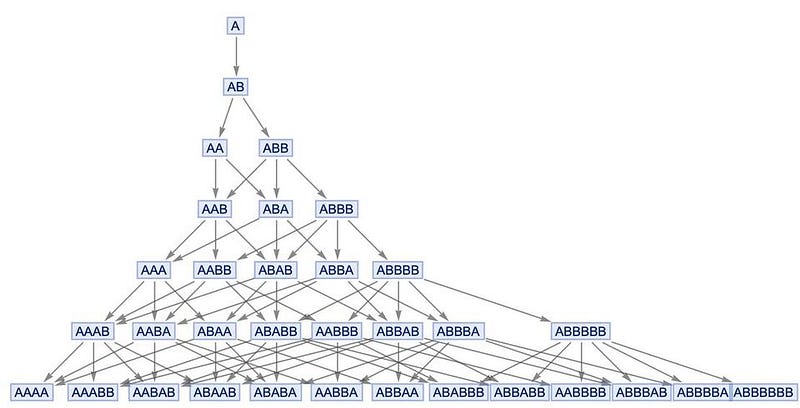
He’s only playing a game of applying rules to make structures, then attempting to find analogies between those structures and the actual physics of our Universe. This is a popular route (one taken by Verlinde, among others) when you’re in the early stages of a new idea, but not one that’s been fruitful. None of the three critical criteria have been met so far, and what’s more troubling is that Wolfram does not appear to believe his idea needs to. As he publicly stated:
“In the end, if we’re going to have a complete fundamental theory of physics, we’re going to have to find the specific rule for our universe. And I don’t know how hard that’s going to be. I don’t know if it’s going to take a month, a year, a decade or a century. A few months ago I would also have said that I don’t even know if we’ve got the right framework for finding it.
But I wouldn’t say that anymore. Too much has worked. Too many things have fallen into place. We don’t know if the precise details of how our rules are set up are correct, or how simple or not the final rules may be. But at this point I am certain that the basic framework we have is telling us fundamentally how physics works.”
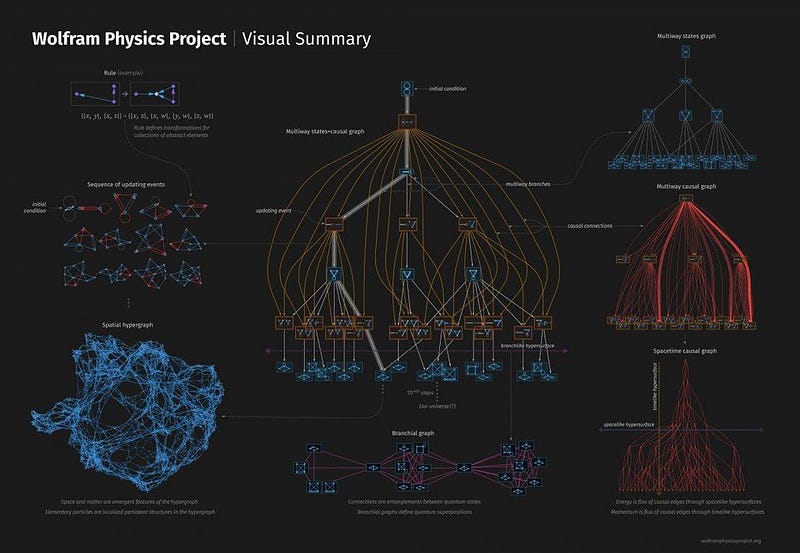
These are not words that carry any legitimate scientific weight behind them. Wolfram — a former physicist who’s been scientifically trained — is going off of what he feels. Deep in his gut, he knows that he’s embarked down a road that must lead to the ultimate destination: a fundamental theory of everything. Whereas an objective observer would see ambiguous signposts with no clear indication of what lies farther down the road ahead, Wolfram unshakably believes he’s on the path to Victory Road.
And that’s the problem: you need to know those precise details (the ones he’s glossing over) in order to evaluate your idea in a scientific manner. The only way to know the scientific value of an idea is to confront it with reality, and ask to what precision both your established and novel predictions agree and disagree with the prevailing theory it’s trying to supersede. If you cannot quantify your predictions, and then (at least in principle) go out and test them, you do not yet have a scientific theory.
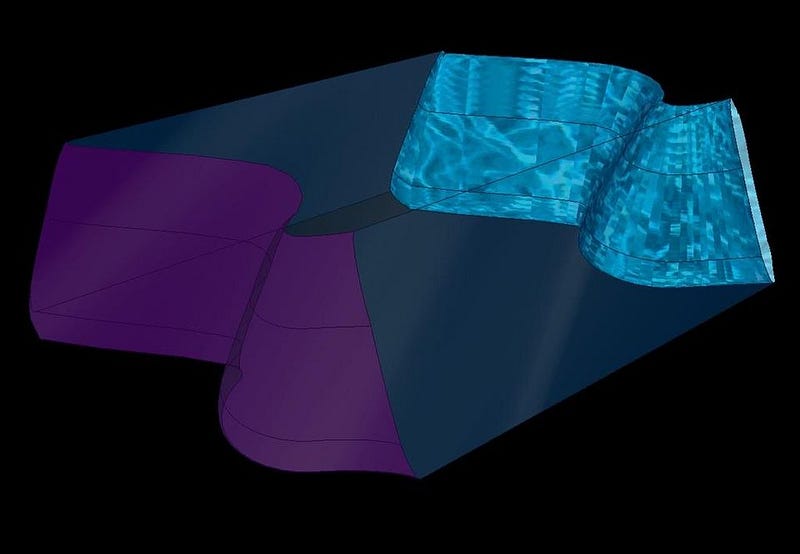
Which isn’t to say that Wolfram’s new idea is wrong, or that his approach will never bear any fruit. It’s very hard to have a new idea in physics, and it’s even more difficult for that new idea to actually be any good. Wolfram’s general approach to physics is not new in and of itself, but his specific angle is novel and isn’t obviously wrong. But what he’s presented to the world isn’t fully-baked or even half-baked; it’s an early-stage idea that’s still not ready to leave the sandbox.
Much like String Theory, we won’t know whether this path is the road to a new fundamental theory of everything or whether it’s a blind alley irrelevant for our reality until we get to the end. But unlike String Theory, it is not yet clear that all of General Relativity or Quantum Field Theory can even be extracted from this approach. Until this (or any) new idea can reproduce all of the successes of our pre-existing leading theories, solve problems they cannot solve, and make novel-but-testable predictions, it will not meet the necessary criteria of a scientific theory.
Ethan Siegel is the author of Beyond the Galaxy and Treknology. You can pre-order his third book, currently in development: the Encyclopaedia Cosmologica.





